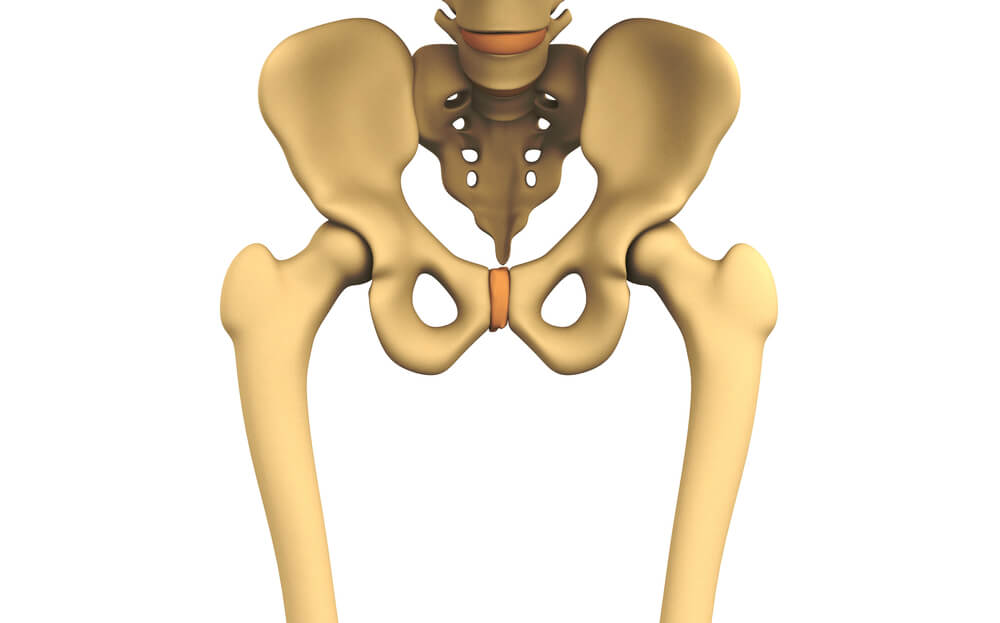
Have you heard of APT or Anterior Pelvic Tilt? If not, you need to read this. We have all the info you need to make sure you don’t have this problem in the future. You’re welcome.
The anterior pelvic tilt is actually quite common in the weightlifting community. Anterior pelvic tilt is sometimes referred to as APT, but it’s not to be confused with the energy pathway ATP. The anterior pelvic tilt issue occurs when your hips become pushed out more than they are naturally meant to, and your ribs begin to protrude. Your lower back also tightens. The good news is that there are ways to prevent it.
What Causes The Anterior Pelvic Tilt?
APT basically occurs as a result of having bad posture. When you perform heavy compound lifts such as the deadlift and you use poor form, APT could be the end result. It could be a permanent issue if no corrections are made.
Your breathing while exercising is an important factor in preventing APT. Exhaling while lifting is supposed to be quick and at about the point of muscular contraction. This will allow your abs to be worked instead of your ribs. However, when you aren’t breathing the right way, your ribs are pushed out. Over time this can lead to the protruding of your ribs.
Another cause is when your upper back is allowed to round over your ribs and put pressure against your ribs. This forces your ribs to be pushed down and neglects the use of your abs wall. Essentially you want to think ribs down, but not actually have them pressed down, during a movement.
The reason this posture imperfection is called an anterior pelvic tilt is because the pelvis is literally tilted in the front of your body. You can tell if this applies to you when looking at a side view of yourself in the mirror while wearing underwear. You could also just have someone take a picture of your side view. What do you look for? The waistband of your underwear will actually display a tilt from your glutes going down your waist at an angle.
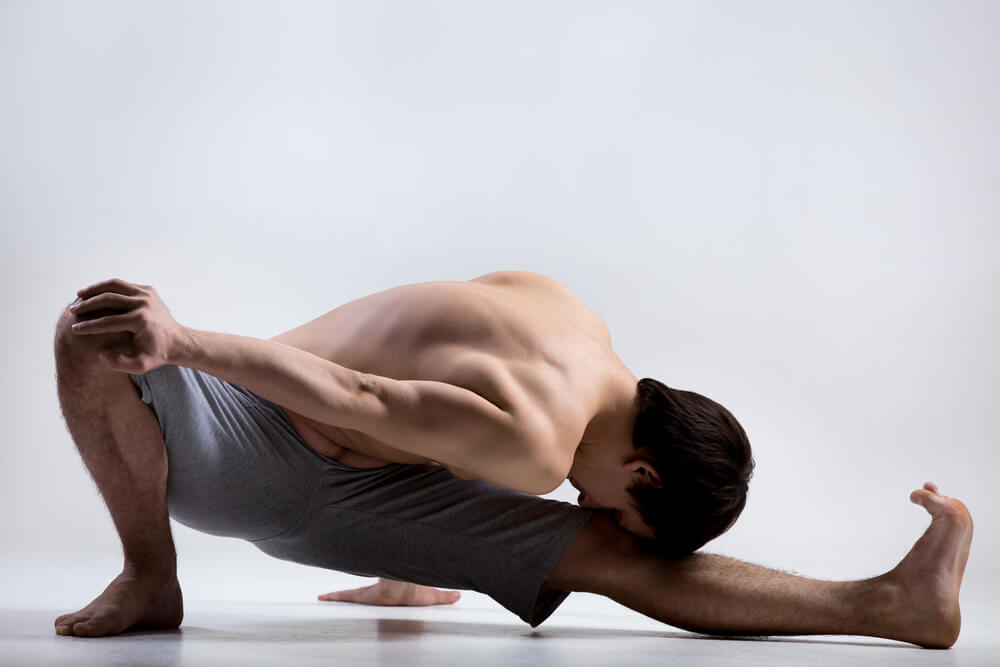
Posture Corrector: Reasons Why You Want to Correct Your Posture
It’s true: The anterior pelvic tilt is not life threatening and it does not necessarily affect your way of life. Most people do not even notice they have this issue until a few things begin to change such as not locking out your hips after squats or the deadlift. But even though it may seem harmless from a health standpoint, you have to think about your performance.
Having APT will cause a number of issues. Your abs muscles will be neglected during a lift. They will also only protrude and not effectively contract. Your glutes muscles will not be able to fully contract and help with your lift. Your lower back will be tight and have no ability to allow for the proper movement at your hips.
It’s easy to see how a trained athlete’s performance would be highly impacted with an anterior pelvic tilt issue. That is why many conditioning coaches watch for this carefully.
As you can guess, the issues that derive from APT are counterproductive for compound lifts. Remember, a compound lift is an exercise that uses multiple joints and muscle groups to perform the movement, maintain balance and enhance energy distribution through proper breathing. When the ability to use your glutes, lower back, and abs muscles isn’t there, your compound lifts are not going to go so well.
For example, during the deadlift you are supposed to drop your hips down to get into position, and then drive your heels in to pull the bar up. Once you have fully locked your body, the bar should be directly up against your hips. However, when affected by APT the bar is close to your belly button instead.
The reason for this odd event is because your lower back is tight and it does not allow your hips to push forward. This forward movement is what allows your glutes to interact with the final portion of the lockout, but APT prevents this from happening. The end result is thinking your body is fully locked out. Instead, you are actually hunched forward with a straight back worsening the tightness of your lower back.
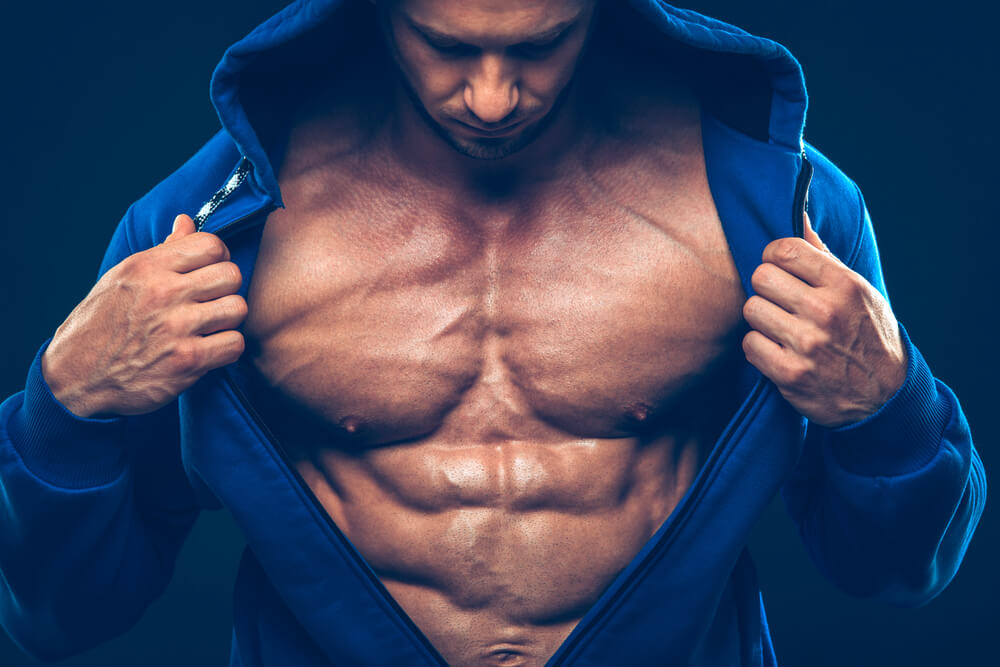
Forget Looks, Your Abs Are More Important Than Just That
Everyone wants six pack abs. They want them to show them off. Nobody seems to really care about the main reason why you want this muscle group stronger. Your abs muscles are composed of the exterior and interior regions. Both play a crucial role during movements such as deadlifts, squats, and the bench press.
The more vital portion is your interior abs deep below the surface of your body. Interior abs muscles react greatly while you are breathing, and strengthening them improves your performance and can prevent anterior pelvic tilt from occurring. Stronger abs overall also means you have a better way of using them during lifts.
The problem is a lot of lifters do not use them properly. This applies to new and intermediate athletes, but pro athletes sometimes have this issue as well. Full use of the abdomen muscles during a compound lift will greatly improve your weightlifting potential. It will almost surely increase your one rep max.
Not using these muscles means you are not giving your max potential even when you think you are. Instead, you start to do things such as rounding your upper back forward to assist with the movement of heavy resistance. As mentioned, that will force your ribs to press down. You most likely will not feel pain. But, over time, you may notice a shift in your posture when looking at the mirror.
How do you use your abs properly? The concept is simple, yet takes lots of practice to master. Breathing properly is what activates your abs to tighten and stabilize your spine to maintain a neutral position. Let’s take a look at working on your breathing to ensure maximum use of your abs muscles to prevent APT.
Breathing Is Everything During The Lift
One surefire way to cause APT is holding your breath during the entire movement. This seems to be a common method for weightlifters.
Why?
They likely think they see their pro role models doing the same thing and copy it. However, even though it is often missed, pros do exhale for a very brief moment during the lift.
Even though it is brief, the sharp exhale a powerlifter makes greatly manipulates the lift and allows them to set up for the final portion of the contraction. Holding your breath does not allow you to engage your stomach region. We say stomach because you are not only dealing with your abs, but rather your abdomen and diaphragm.
Sadly, the diaphragm is discussed more with singers than with weightlifters. The diaphragm is a large core muscle that exists below your ribcage. When you inhale, it causes this muscle to inflate and push your ribs out. Then you exhale to depress your diaphragm and allow your ribs to come back in as well.
Do you see the connection yet?
When you hold your breath throughout the whole movement you cause your ribs to remain protruded. This is one of the main reasons your ribs remain in this position causing your hips to protrude as well. Always remember to sharply exhale towards the end of the movement to allow your ribs to come back in.
The intent of this proper technique is not only to bring your ribs in, but to encourage the use of your abs as well. When you exhale and release the air in your lungs, you allow your abs to slowly become tightened. When all of the air has been exhaled, your abs muscles are fully contracted to complete the final movements.
How To Fix And Prevent Anterior Pelvic Tilt
Although APT does change your posture to a great extent, you can still correct the issue and prevent it from reoccurring. Here are some ways that you can correct APT and get your body into the habit of using all of its stabilizer muscles to complete movements.
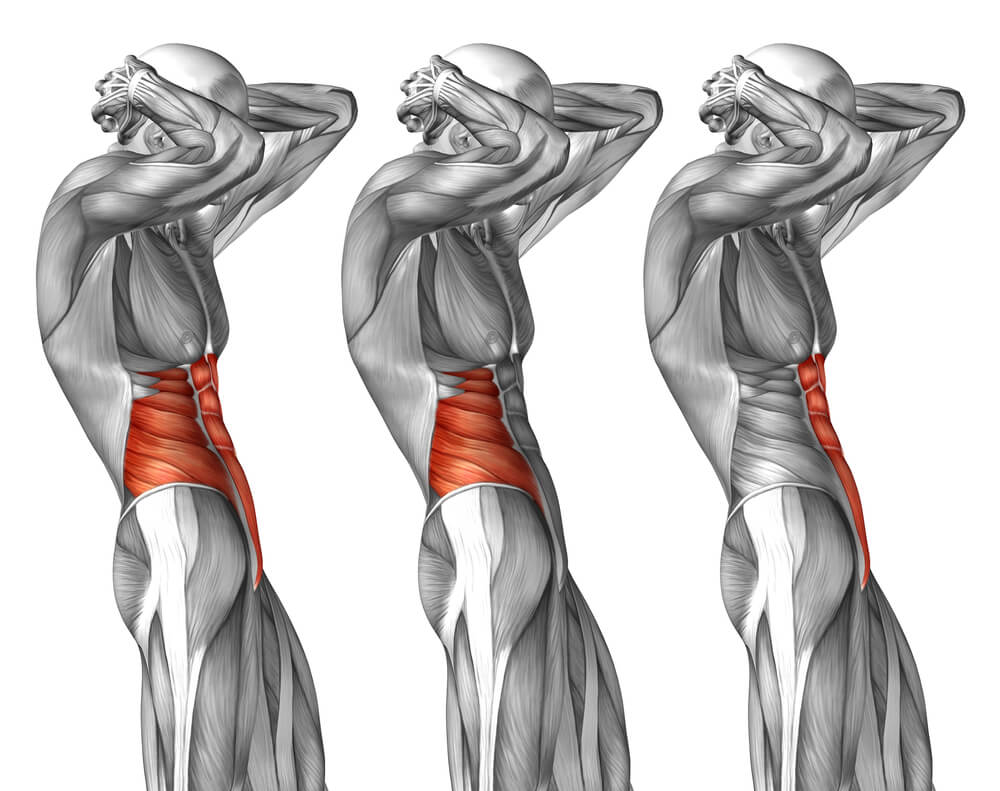
#1 Position Your Ribs
As mentioned, when you round your upper back forward, your ribs are literally pressed down. This is not what is meant when we say ribs down as the proper position during movements such as deadlifts and squats.
When you bend at the hips, you should lower your ribs down without rounding your upper back. This is used to create a neutral spine position. Your spine should be basically vertically straight, but not flat. This is going to allow you to begin correcting the anterior pelvic tilt by means of the deadlift. Squats are essentially the same. Lower your ribs down flat with your chest to get into a deep squat position.
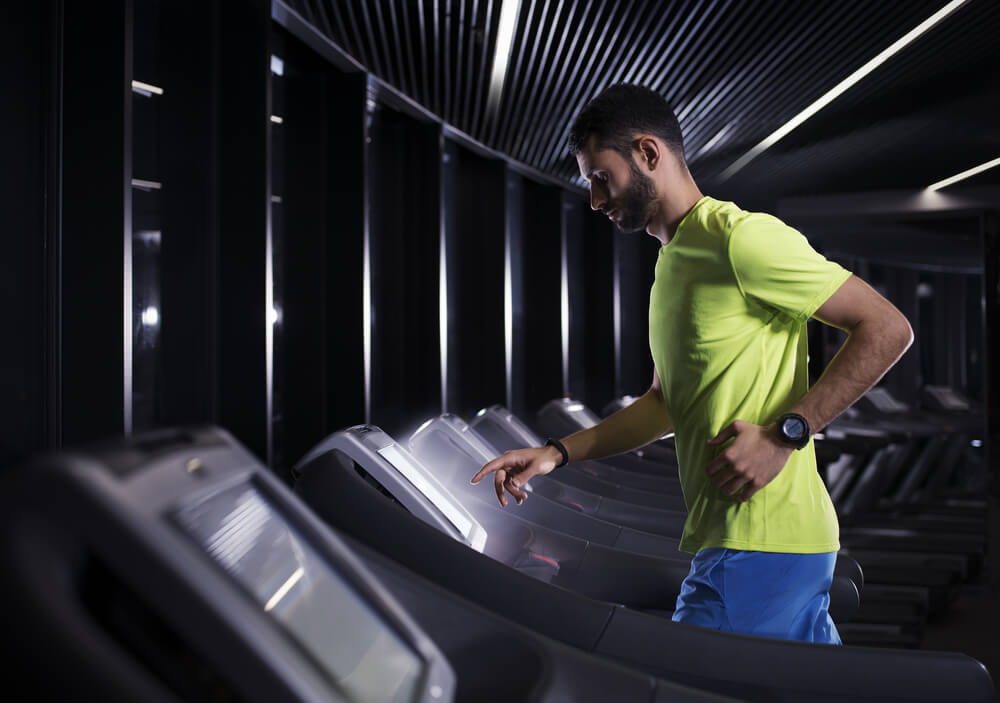
#2 Breathe Properly
Proper breathing will help prevent your ribs from protruding forward. Every move performed requires you to take a nice breath in prior to the lift. This is going to activate your diaphragm to allow contraction of your abs wall after you exhale. However, you should exhale just before the completion of the movement. As mentioned, this is what allows your abs to tighten and be used during the exercise.
Practice proper breathing techniques even when you are not lifting. Want an easy method? Sit upright in a steady chair. Take a deep breath in with your stomach, not your chest. Now place your hand around the upper area of your abdomen region. Exhale and you will start to notice your abs tighten up. Once the air is gone, you are technically contracting your abs without even doing so purposely. This is a natural process that often gets overlooked.
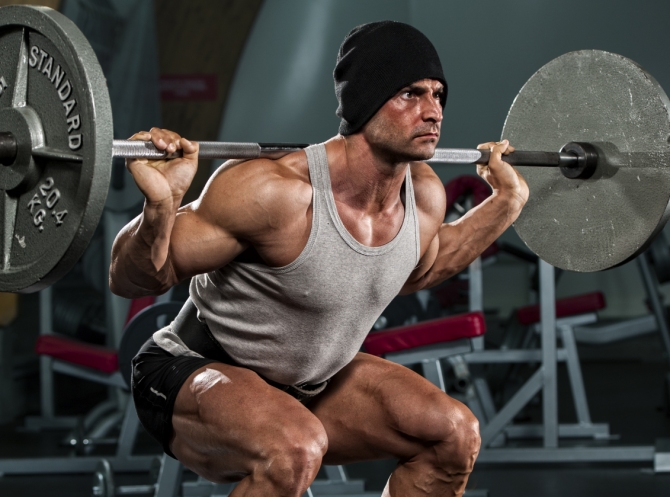
#3 Strengthen Your Glutes And Hips
Having APT means your glutes and hip strength is not up to par with the rest of your body. If you already have the anterior pelvic tilt, then you can’t really depend on these muscles during compound lifts. Your tight lower back is not going to allow action of your glutes. You have to increase their strength separately with their own focused exercises.
The hip thrust is one of the main ones you should be focusing on. This is when you force your pelvis to tilt back into place by pushing your hips up and back during the thrust. You should consider doing this exercise without weight and progressively begin to add resistance as your glutes start to strengthen and your pelvis initiates the process of tilting back.
You should also use the hip thrust to prevent APT from reoccurring. The common method is thrusting as if you were trying to reach a point in the ceiling towards the back of your position. This positively keeps your pelvis in place when performed correctly.
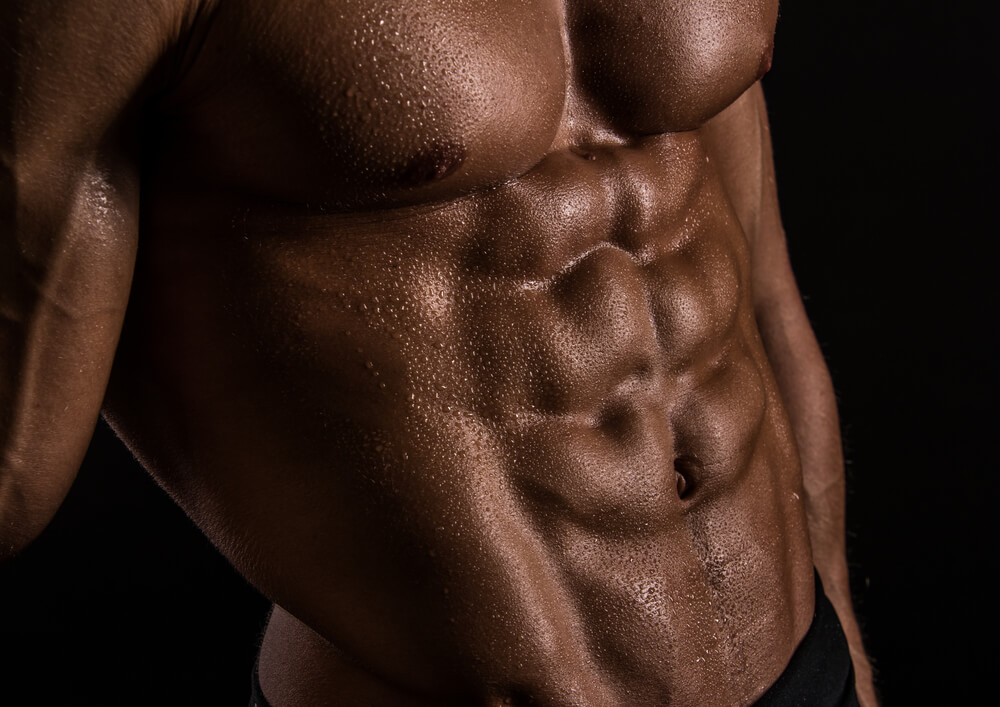
#4 Strengthen Your Abs
This is quite important.
Why?
It will not only work to correct and prevent anterior pelvic tilt, but also to assist with better performance of nearly all exercises. Once your abs have contracted they activate muscles surrounding your spine to help protect it, but this is also the reason you are able to maintain a neutral spine position.
The other reason you need to strengthen your abs is because they are not getting enough attention while you have APT. You strengthen your abs to help pull your ribs back in through slow exhaling movements. For example, during the lying leg raise, you slowly exhale as your legs lower. This will definitely get your abs going.

Conclusion
In the end, rest easy knowing that APT can be corrected. With that said, prevention is an even better idea so that you will not have to deal with this posture issue. Simply perform the exercises with proper form and you should be fine. Do not start lifting with heavier resistances until your form is proper.
By Brian Pankau, CPT
Latest posts by Terry M (see all)
- Garage Gyms - Aug 1, 2018
- Kettlebells – Why They Should Be Added To Your Routine. - Jul 24, 2018
- Weight Belts: What Are They Really For? - May 31, 2018










This is a GREAT article. Definitely see a lot of people in the gym (and on the streets) with APT. I’m a physical therapist and this is definitely something I try to get rid of ASAP. The other thing I want to point is flexibility in the hip flexors. Due to the sedentary nature of sitting at a desk, the hip flexors tend to be tight in most people. This can contribute to APT along with a weak core and abs. Lengthening the hip flexors is another great way to combat APT.
Kyle,
Thank you very much for your additional tips, I also see APT everywhere!
Thanks for stopping by
Terry Asher